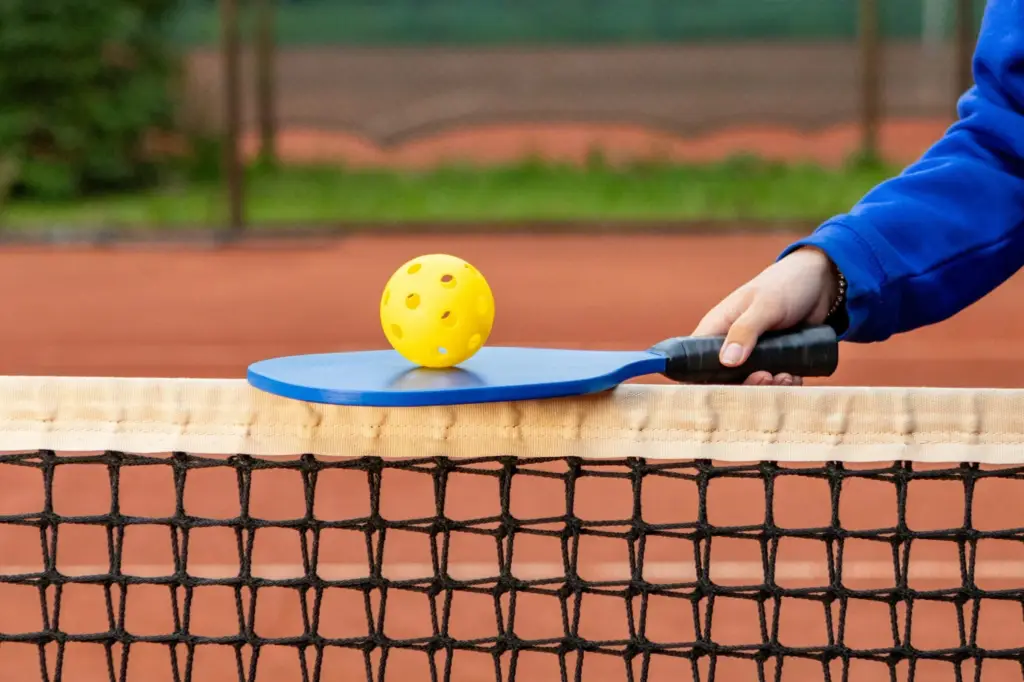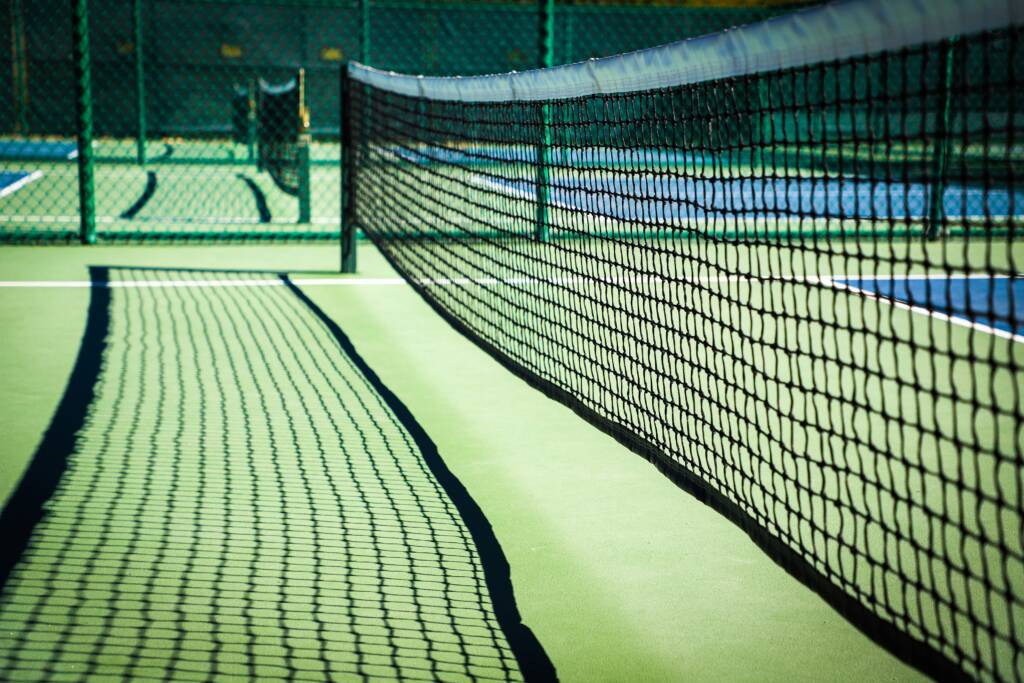So you’ve heard the hype, picked up a paddle, and now you’re ready to play. But before you hit the court, it’s essential to understand the basic rules of pickleball. This fast-paced, social sport is easy to learn but has a few unique rules that set it apart from tennis or badminton. In this guide, we break down the most important rules of pickleball so you can start playing with confidence — and avoid any rookie mistakes.
1. Pickleball Court Layout
Pickleball is played on a 20 x 44-foot court, the same size whether you’re playing singles or doubles. The court is divided into left and right service areas, and a 7-foot non-volley zone near the net on each side — commonly called “the kitchen.” Understanding court zones is key to avoiding faults and playing strategically.
2. Serving Rules
Every point in pickleball begins with a serve, and the rules are clear:
- The serve must be underhand
- Contact with the ball must be below waist level
- The serve must land diagonally in the opponent’s service court
- The server stands behind the baseline, starting on the right side
- Only one serve attempt is allowed unless it’s a let (hits the net and lands in)
In doubles, each player on a team gets to serve before the other side gets the ball — except for the very first serve of the game.

3. Scoring and Game Format
Pickleball uses a rally-based scoring format where:
- Only the serving team can score points
- Games are usually played to 11 points, and you must win by 2
- In doubles, servers alternate until both players lose their serve
- The score is called in three numbers: server’s score, receiver’s score, and server number (1 or 2)
Don’t worry if it sounds confusing at first. After a game or two, the scoring system becomes second nature.
4. Double-Bounce Rule
One of the most unique rules in pickleball is the double-bounce rule:
- After the serve, the receiving team must let the ball bounce before returning
- Then the serving team must also let it bounce before hitting it again
- After these two bounces, volleys (hitting the ball in the air) are allowed
This rule prevents players from dominating the net too early and ensures more rally time — great news for beginners.
5. The Kitchen Rule
The non-volley zone or “kitchen” is a critical part of pickleball strategy. Here’s how it works:
- Players may not volley (hit the ball out of the air) while standing in the kitchen
- It’s okay to step into the kitchen if the ball bounces first
- You can’t volley and land in the kitchen, even after the shot
Mastering kitchen awareness is one of the fastest ways to elevate your game and avoid unnecessary faults.

6. Common Faults to Avoid
Understanding the rules means knowing what not to do. Here are a few examples of faults:
- Hitting the ball out of bounds
- Volleying in the kitchen
- Missing a serve
- Not allowing the ball to bounce during the double-bounce phase
- Hitting the net or the net post
Stay sharp and you’ll avoid giving away free points.
Ready to Play Smarter?
Now that you know the basic rules of pickleball, you’re just one step away from joining the action. Whether you’re gearing up for a casual weekend rally or entering a local tournament, it all starts with having the right equipment.
Start playing the right way — explore our full collection at ramsports.com.




